People
Who we are.
Who we are.

Brant is interested in understanding how evolutionary history shapes the genetic variation within species and populations and how differences in genetic variation translate into phenotypic differences at the population level. He is also interested in the molecular evolution of gene regulatory regions.
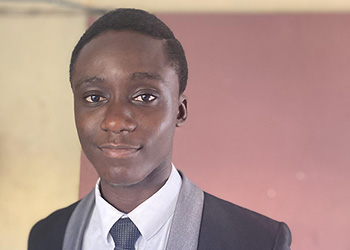
Oluwaseun joined the lab during Fall 2023, and he is studying the ecological, evolutionary, and genetic factors associated with soft part coloration in different bird species. He is combining image analysis, phylogenetic modeling, and genome sequence to support his research project.
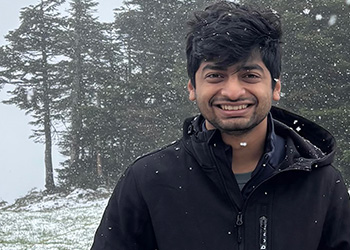
Shubhankar joined the lab during Fall 2024 and we are currently working on project ideas for his research.
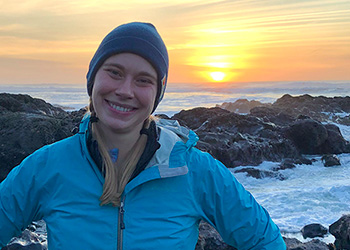
Isabelle is supported by an NSF PFRB study entitled "Mechanisms and evolutionary maintenance of thermal plasticity and adaptation in a splash pool copepod". She will be working in the lab with us to generate and analyze a variety of different genomic data types related to her project proposal.
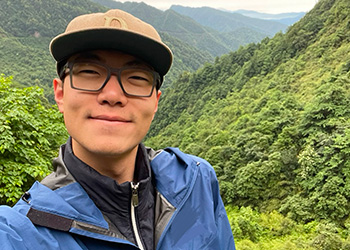
Jerry joined the lab during Fall 2024 and is studying the Plegadis hybrid zone in Louisiana from both a genetic and phenotypic standpoint. He will be using genome sequencing, genome resequencing, and spectrophotometry to collect data supporting his research project.
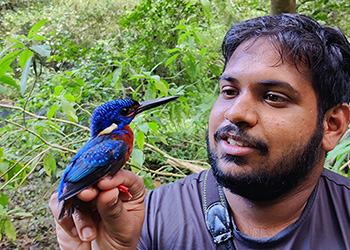
Vinay joined the lab during Fall 2023, and he is studying Sialia bluebirds from a phylogeographic and population genetic standpoint. He will be combining different genome sequencing, genome resequencing, and reduced representation techniques to collect data supporting his research project.
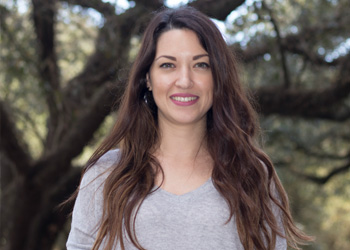
Penny was a Fulbright Visiting Research Student interested in population genetics and phylogeny of freshwater macro-invertebrate species in the Greek islands.
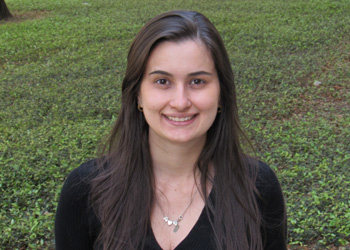
Roberta studied the morphology and genetic basis of structural color in Lepidothrix, with a particular focus on Blue-crowned Manakins (Lepidothrix coronata). She combined image analysis, scanning electron microscopy, and genome re-sequencing for her work.
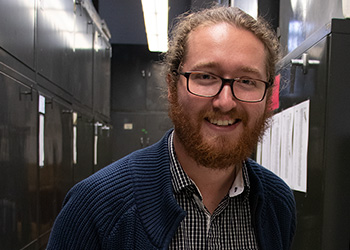
Eamon studied the genetic and physical basis for eye color variation in birds using the Boat-tailed/Great-tailed Grackle species complex as a model. He used genome sequencing, genome resequencing, and mass-spectroscopy to collect data supporting his research.
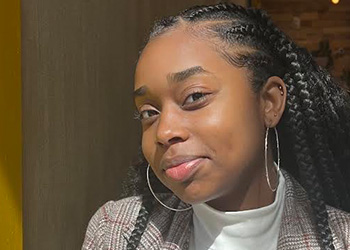
Sashoya was a post-bacc reseracher in the lab who was part of the NSF RaMP-sponsored Louisiana Graduate Network in Applied Evolution (LAGNiAppE) program. Sashoya studied the role of gene regulatory regions in the loss of limbs in Squamates.
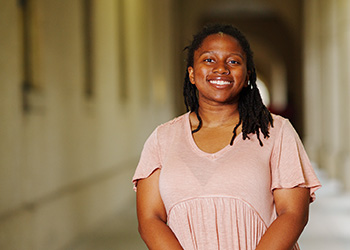
Maia conducted a study for her Honor's Thesis on the effects of different storage approaches for the extraction of high molecular weight DNA from bird tissues.
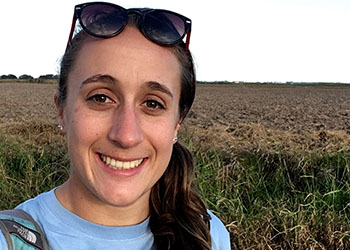
Anna studied the phylogeography, population genetics, and plumage variation in the flowerpiercers (Diglossa) using historical and contemporary museum samples. She combined genome sequencing, UCE enrichment, genome resequencing, and extensive field collecting to collect data supporting her project.
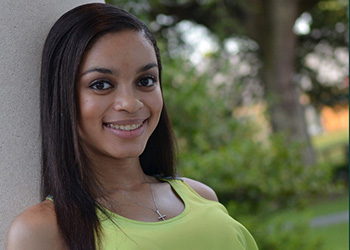
Kimi was a technician in our lab who was responsible for preparing OpenWings DNA sequencing libraries.
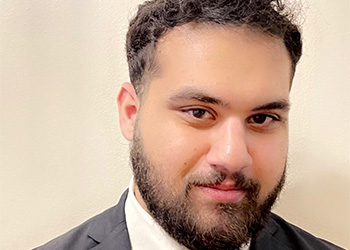
Walid studied the utility of different mediums for room-temperature storage of animal tissues prior to high-molecular weight DNA extraction, and he wrote a senior Honor's Thesis entitled "Investigating preservation methods for high molecular weight DNA analysis".

Caroline studied exactly what makes a bird "blue" by examining differences in the reflectance of blue birds, and she wrote a senior honors thesis entitled "The quantification of blue colors in several species of birds".
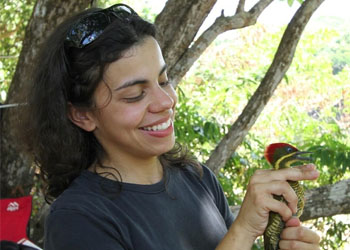
Glaucia used genomic tools to investigate how Amazonian river headwaters work as drivers of speciation, with a particular focus on Rhegmatorhina. She combined genome sequencing, RAD-seq, genome resequencing, and extensive field collecting for her work.

Jessie studied the phylogeography, population genetics, and genomics of quails in the genus Colinus. She collected data to support her research using UCE enrichment, RAD-capture, genome sequencing, and genome resequencing.
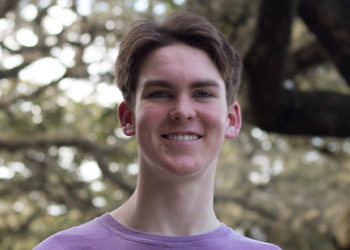
Austin worked in our group as part of LSU's Future Leaders in Research Program.

Carl's research broadly covers avian phylogenomics, biogeography, and conservation. He used computational techniques to improve species tree inference and divergence time estimation with genomic data and applied these techniques to help understand rapid avian radiations. He also studies biogeographic patterns in Southeast Asia within a phylogenetic framework.

Maggie worked in our group as part of LSU's Future Leaders in Research Program and she completed a senior honors thesis while working in the lab, entitled "Phylogenetic analysis of the toucan family Ramphastidae".
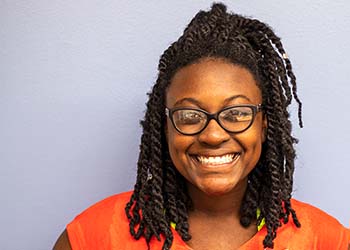
Currently completing an MS degree in Medical Genetics and Genomics at Tulane.